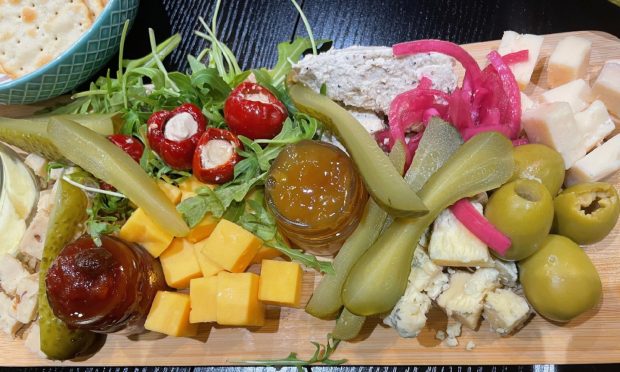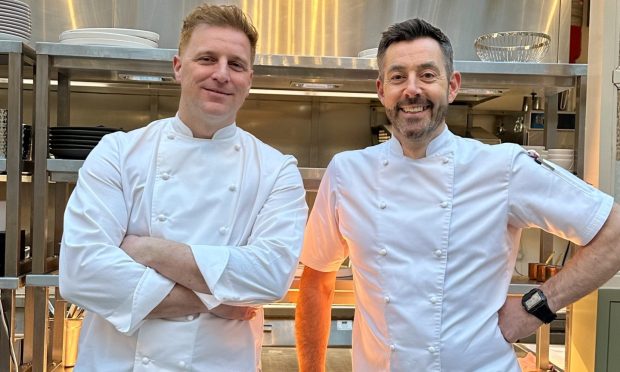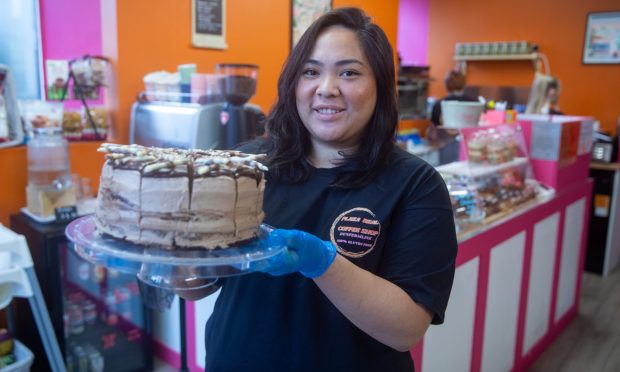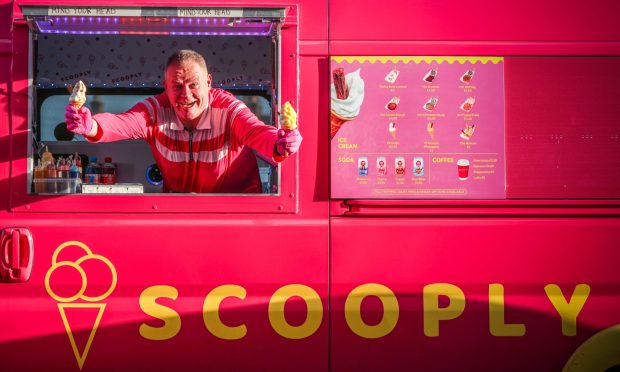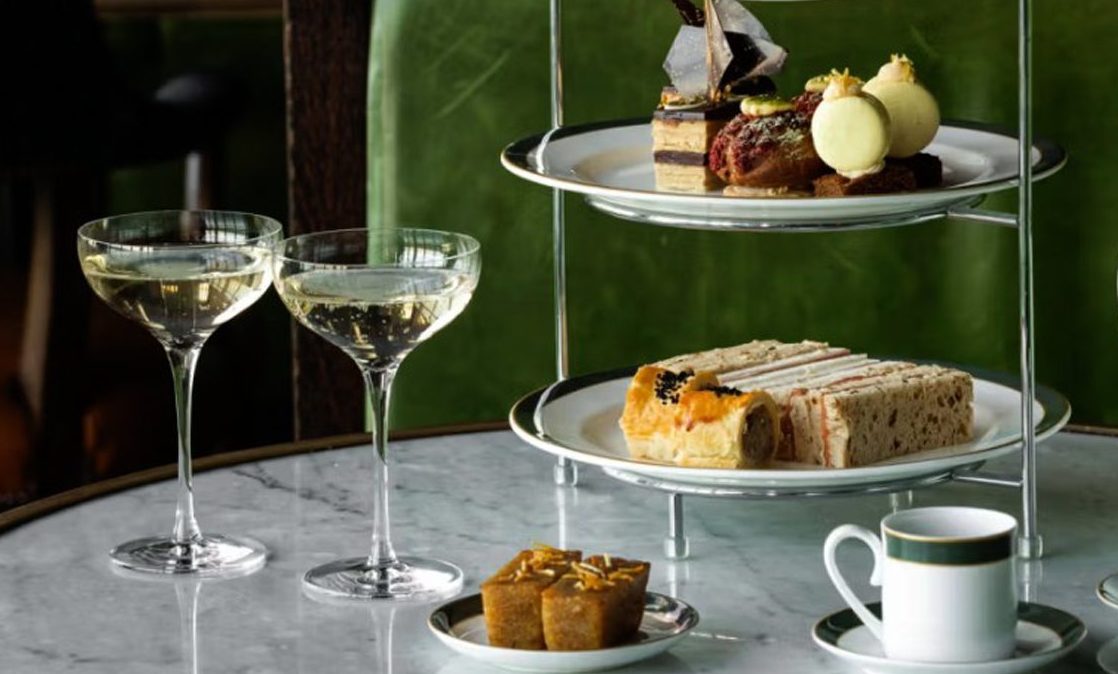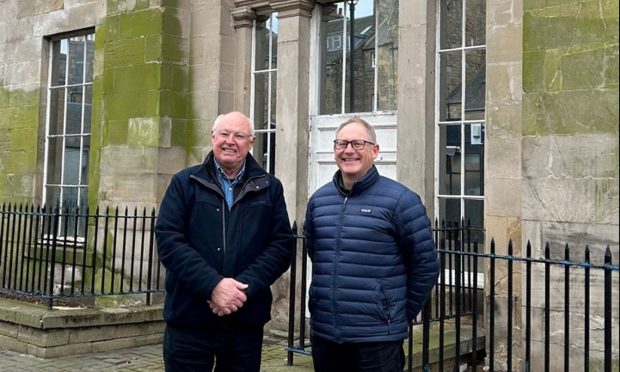One historic figure to whom the whisky industry owes much is Sir Winston Churchill. Although best remembered for his cigars, Winston liked his tipple and whisky was either top or near-top of his list.
However, he also shrewdly saw whisky as a valuable export asset and, while we cannot wholly attribute the great post-1945 Scotch whisky boom to him, he was a big contributory factor.
His historic contribution comes from two policies. One was his insistence during the second world war on exporting shiploads of Scotch to the United States. Countless US-bound ships, not just the SS Politician of Whisky Galore fame, carried cargoes of whisky to a) slake American thirsts but b) pay for war materials Britain badly needed with its back to the wall in 1940-41. Sadly, many ships were sunk by German U-Boats but enough Scotch reached the States to meet a good share of demand.
Shortage of barley meant many if not most malt distilleries closed during the war but, with victory in sight in January 1945, Winston signed his famous memo ordering whisky distilling to restart, not just to replace stocks but supply the US and other foreign markets in the exports-driven post-war years.
Both policies paid off. In the post-war era, Americans became the main global tourists and wherever they went, they ordered Scotch on the rocks. That fuelled a global demand for Scotch that has never really abated. The Americans also invested heavily in Scotland, buying whisky stocks, warehouses, bottling plants and brands and either refurbishing old distilleries or building new ones. Indeed by 1974, half the Scotch whisky industry was US-owned and fears grew of a total US takeover. However, in an incredible reversal of fortunes, by 2015 US investment in the Scotch industry had shrunk to nil.
Churchill assisted whisky on a personal as well as governmental level. A key insight is provided by a letter from his doctor when he toured Prohibition-hit America in 1932. It stated that, for medical reasons, he needed at least 250 millilitres (nearly half a pint) of spirits with every meal — around a bottle a day. That’s drinking on a Churchillian scale.

